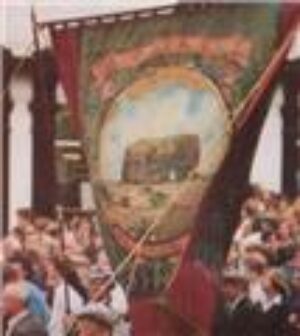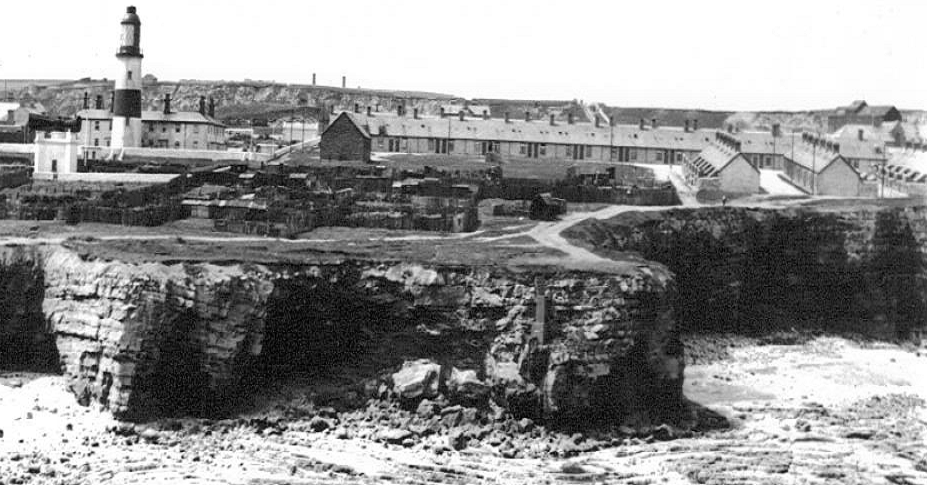
Marsden Village stood to the south of Marsden Bay and just north of Souter Lighthouse. It was built by the Whitburn Coal Company to house men of the newly sunk Marsden colliery. At the1881 census only 4 streets were in existence Hilton, Charles, John and William. Between the 1881 and the 1891 census a further 5 streets had been added North, James, Henry, George and Lindsay.
Ever wondered where the street names came from? The majority of Directors of the Whitburn Coal Company were also Directors of the Harton Coal Company, The Whitburn Coal Company was set up to protect the Harton Coal Company in case the sinking at Marsden went belly up but was largely a paper exercise. The names of the upper echelon of the Whitburn and Harton coal companies, ARTHUR Scholefield, CHARLES Dobson, HILTON Pillipson, Sir LINDSAY Wood, GEORGE May, HENRY Armstrong, JAMES Kirkley, WILLIAM Blackett, JOHN Daglish. I guess they ran out of directors and named North street because the most northerly in the village.
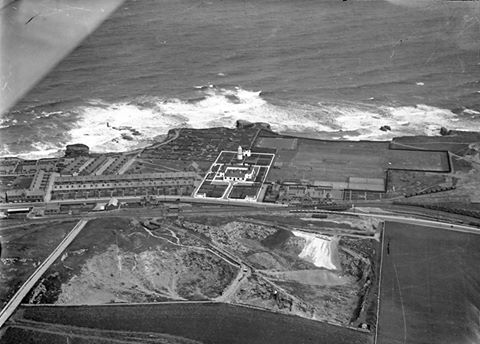
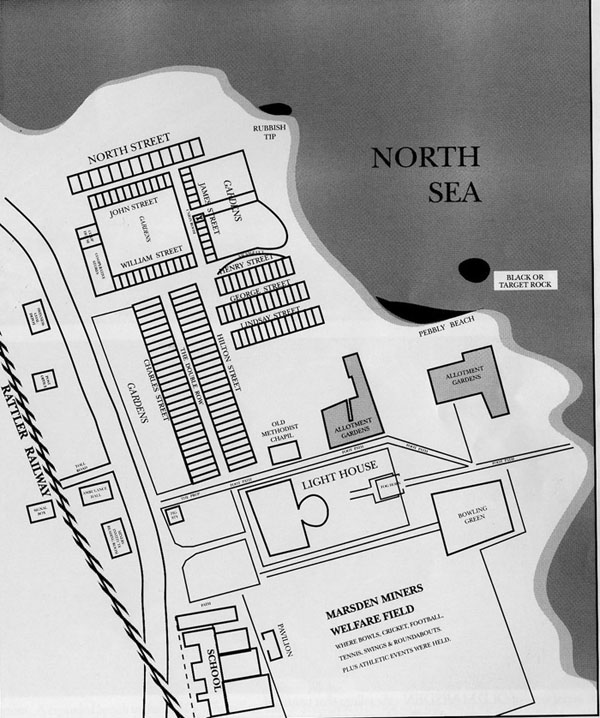
Marsden Village had a short life, less than 90 years from the sinking of the pit in the mid 1870’s to its demolition in the early 1960’s. It has been written many times that the village was demolished after the pit closed. This was the not case. The village was long gone before the pit closed in 1968. In 1962 when Allied Film Makers started shooting scenes for the movie, a Life for Ruth, the village was already in decline with families being moved out to new housing estates in Whitburn and South Shields. In the end scene of the film the star Michael Craig is seen walking up Lindsay Street towards Hilton Street. The film crew had to erect arc lighting in the houses in Hilton Street as they were already unoccupied awaiting demolition.
Quite simply the village vanished because it was one of County Durham’s notorious category D villages.
The Durham County Development Plan of 1951 classified mining villages as an A, B, C or D settlement, and it was the category D villages where no future development would be permitted and all properties in the settlements would be acquired and demolished. The population would be relocated to new housing estates. A total of 114 settlements were listed. When the category D policy officially ended in 1977 only 3 villages had been wholly demolished.
- A (growth): population likely to increase by re-grouping or continuing natural increase
- B (static): population likely to remain at current level for many years
- C (subsequently dropped): population likely to decrease but stabilize below present level
- D (declining): population likely to decline considerably
Most of these villages were in the west of the county however there was one listed in the Boldon Urban District Council area, Marsden.
Source County Durham record office, catalogue reference number CC/X 185/24.
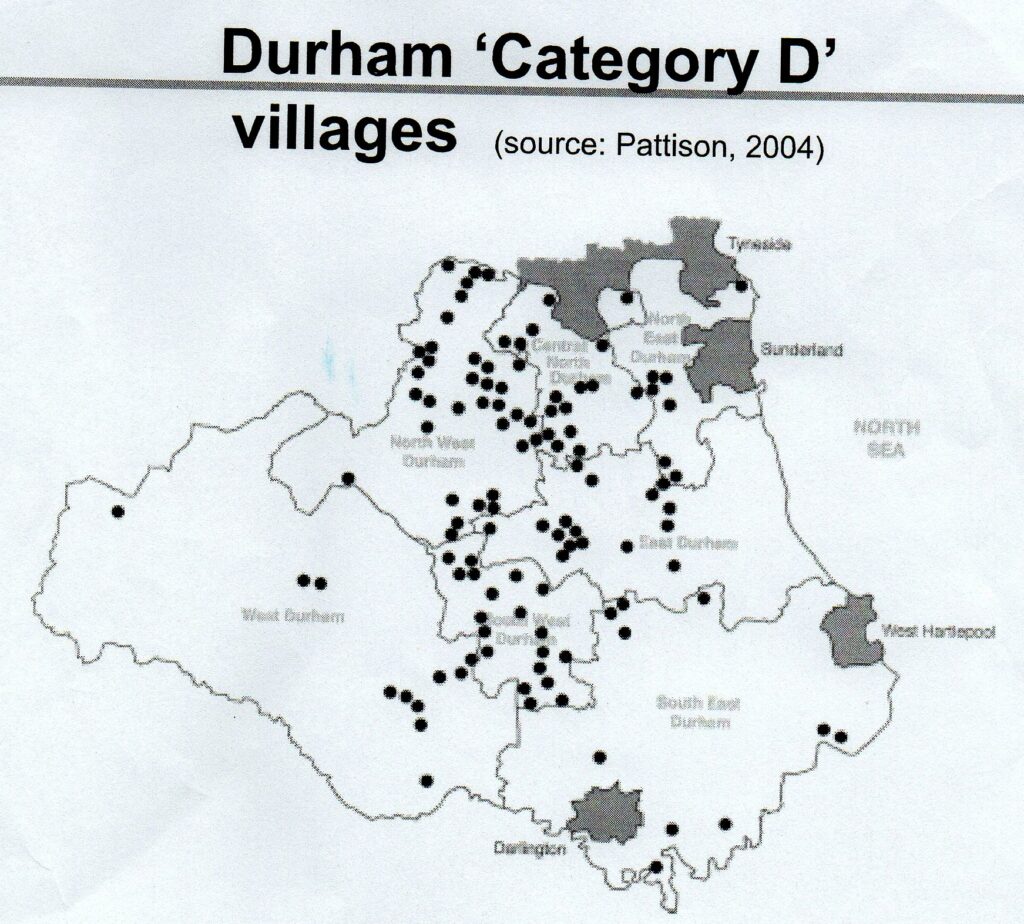
This map shows the positions of the category D villages only one lay on the coast Marsden.
BBC radio 4 produced a programme called Planning for destruction looking at the plight of category D villages and the fight to save them (click link) mp3 file, 24.3 MB
Village life
Like most small mining communities the village was self-sufficient and was quite isolated until the new coast road opened from South Shields in 1929.
The 9 streets had 135 houses and at the 1891 census had a population of over 700 people. The biggest houses in the village only had four rooms, two up two down, but most were even smaller. They all had back yards and many had gardens, with allotments for those without. The village also had a chapel, Co-operative store and a post office. The school had been opened in 1882. Until the pit baths were built in the 1930’s, miners had to bathe in a tub in front of the fire at home however women and children continued to bathe this way until the villages demolition. Sanitation was basic. A horse and cart came round the village every week to empty the middens and rubbish was tipped over the cliffs into the sea. Later flush loos were installed however these were still outside.
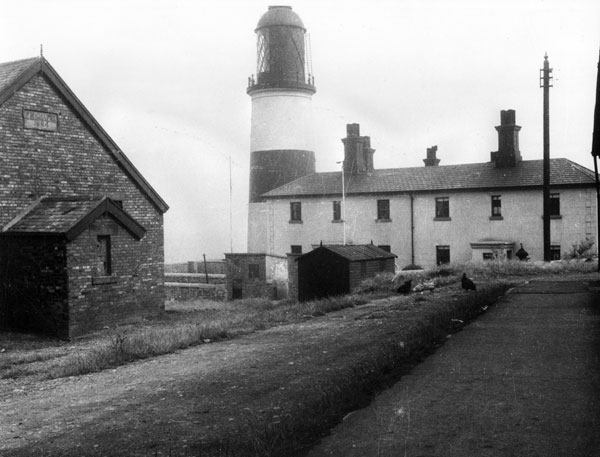
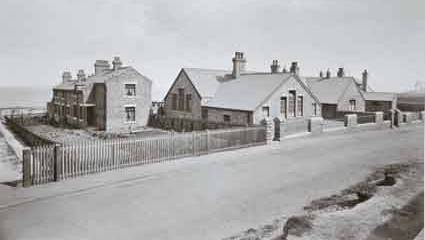
The old Marsden school gates still stand. Built by the Coal company the school first opened in 1882 when 62 children were enrolled. Due to the ever rising population of the village the school was enlarged and re-opened on 29th June 1885. The school attendance at this time 270 with 7 teachers employed. The school officially closed in 1931 with the pupils transferring to the present school on Mill lane. The old buildings still stood until the demolition of the village.
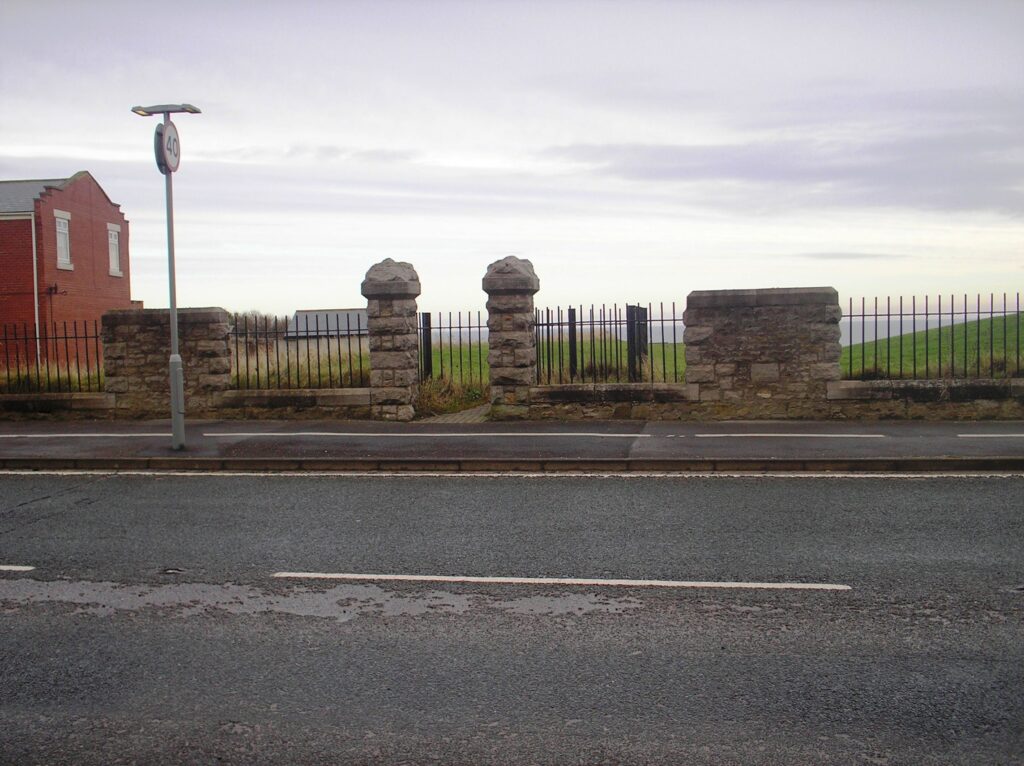
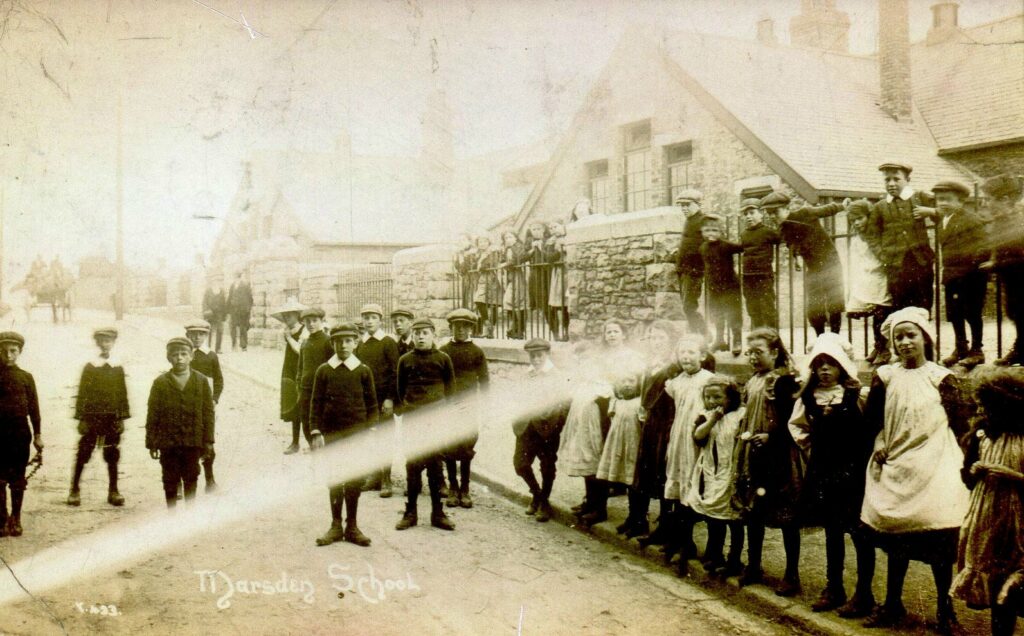
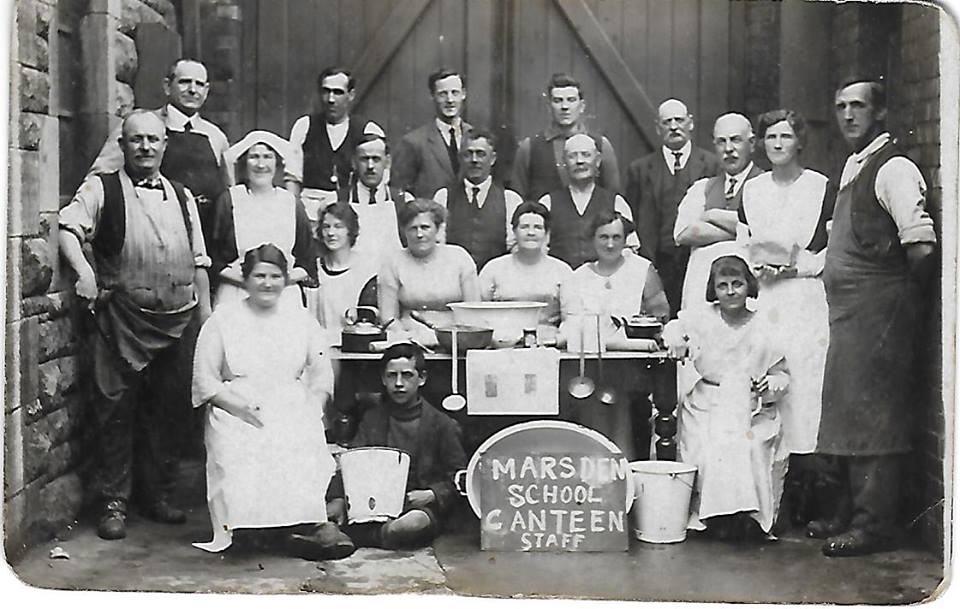
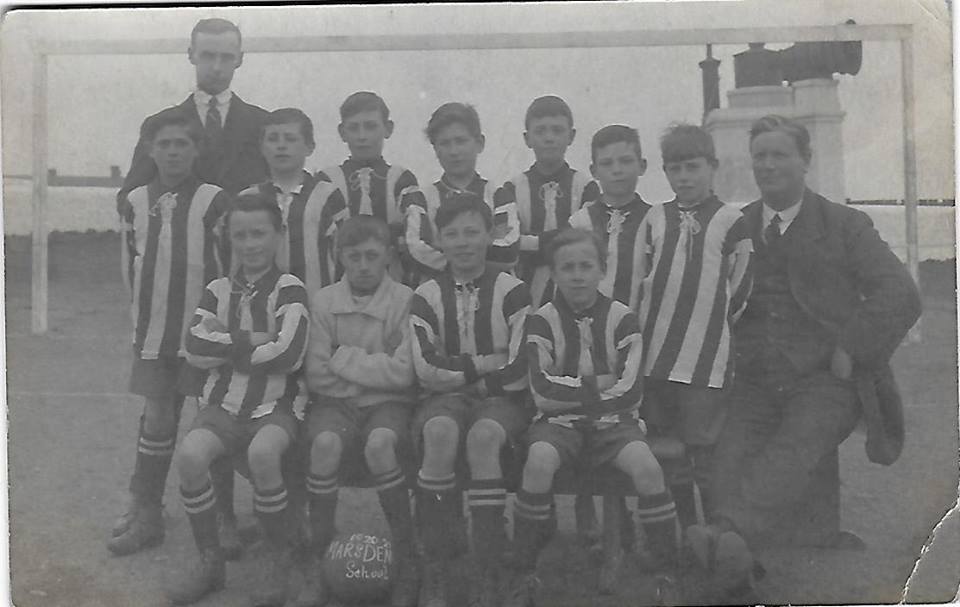
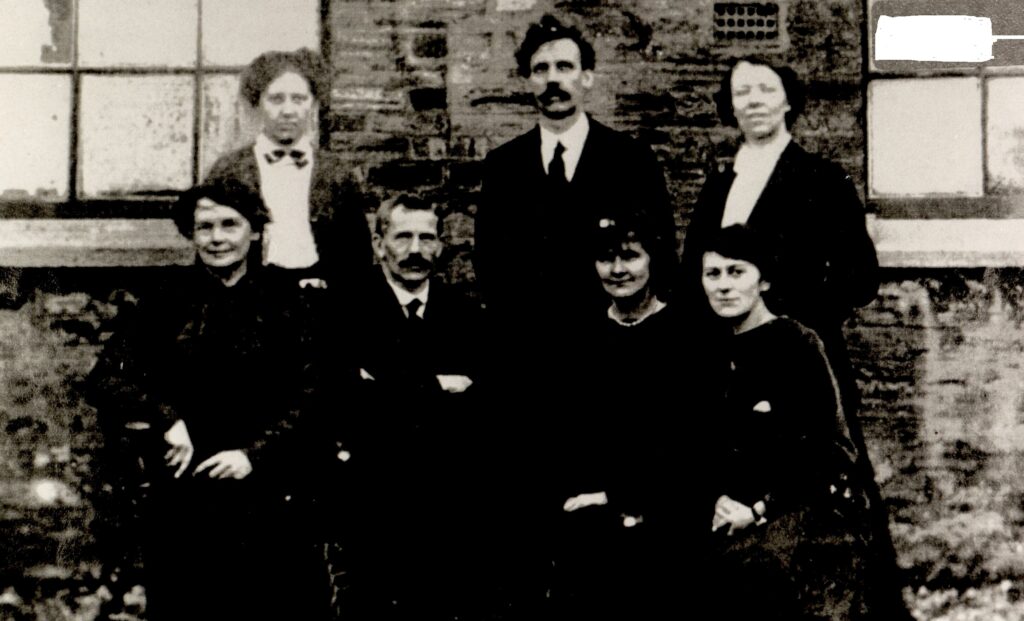
Standing: Miss Smith. Mr Mitchell, Miss Shipley.
Sitting: Mrs Ash, Mr Black (Headmaster), Miss Tones, Miss Gill.
Sitting second from right is my great aunt Annie Augusta Tones. She was born 2 April 1888 in Tow Law the 4th of 5 children. Her father John Tones was a policeman and her mother was Jane Hutchinson. Her only sister was my Grandmother Mabel who was born in 1885 and lived to be 102. The family lived at several houses in the Consett area and when their father was promoted to Sargent they moved to 18 Durham Road in Blackhill, near Shotley Bridge. The two sisters were close in age and spent a lot of time together. I heard from my Grandma that they attended Church at Snods Edge and used to walk there from Blackhill. They continued to live in Blackhill until 1911 when their mother died and the family appears to have split. The adult children moved to South Shields and shared a house at 21 Charlotte Street. Annie started to teach at St Hildas school in Waterloo Place, South Shields and later moved to the Marsden School though I do not know the date. I recall my Grandma telling us that Annie travelled to work on the Marsden Rattler. Over the next 10 years all her brothers and sisters married but Annie continued to live in Charlotte Street until the 1930’s when she bought a new house at 30 Chester Gardens, off Sunderland Road. She probably moved to Cleadon Village school at this time as it was an easy bus ride away. Annie retired as Headmistress of Cleadon Village school in 1953 when she was presented with a clock inscribed ‘ Presented to Miss A.A. Tones March 27th 1953 by staff and scholars of Cleadon Village School as a token of esteem’. I remember visiting 30 Chester Gardens as a child and was always made very welcome. Aunty Gussie as we called her never married and I never heard of any romantic involvement though it is possible she had a young man who was killed in the Great War, we will never know. She died on 6 April 1965 at the age of 77.
John Coatsworth 2014
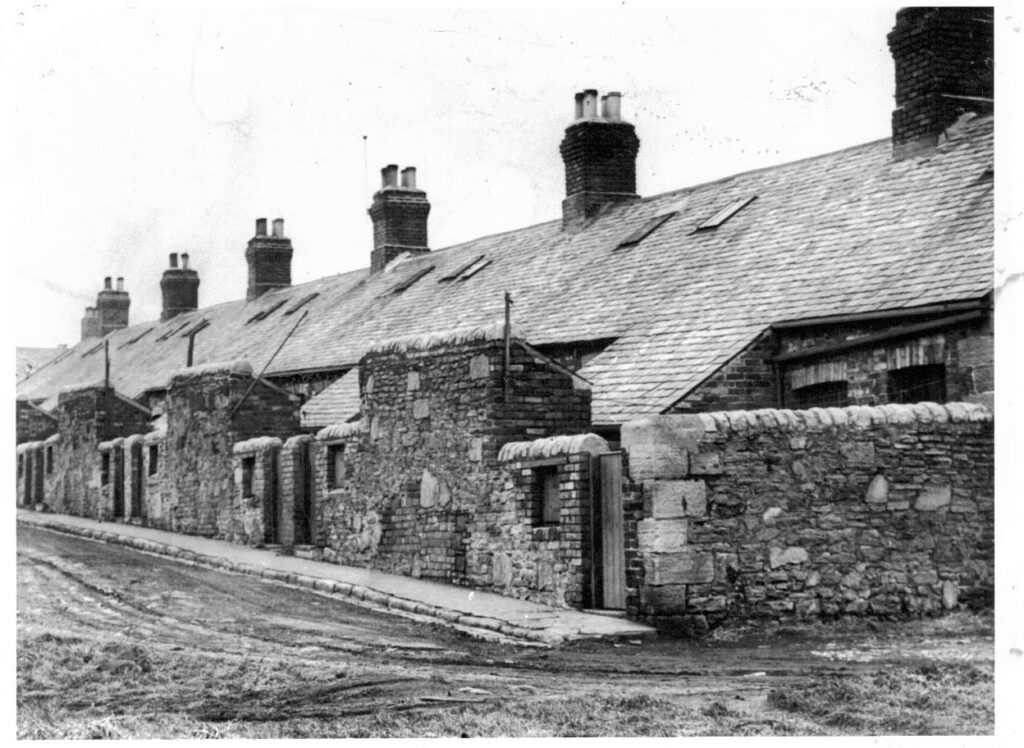
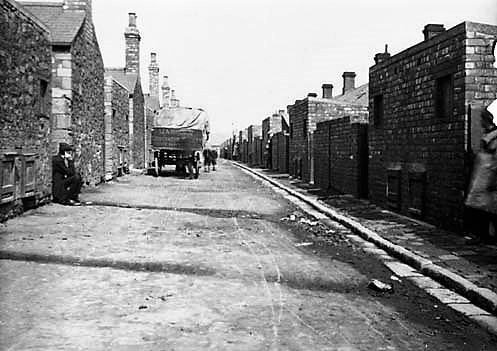
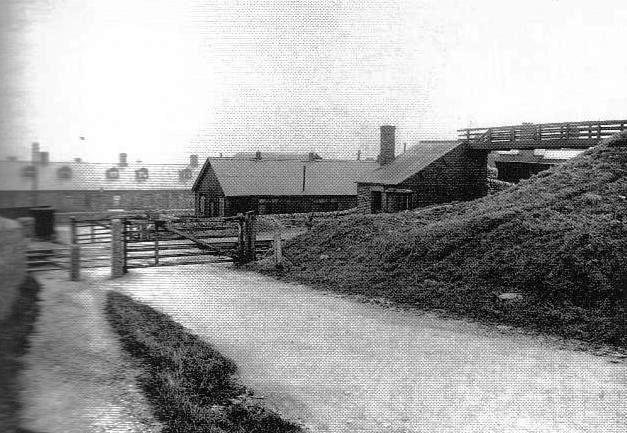
Behind the lighthouse was the miner’s welfare field which had swings and roundabouts for the children, as well as a bowling green, tennis courts, football, cricket pitches and a pavilion. Many people grew their own food in allotments and fished in the sea. The village folk also used a small cove below the village called the Wharry for recreational purposes. A big room above the Co-op was often used for concerts and events.
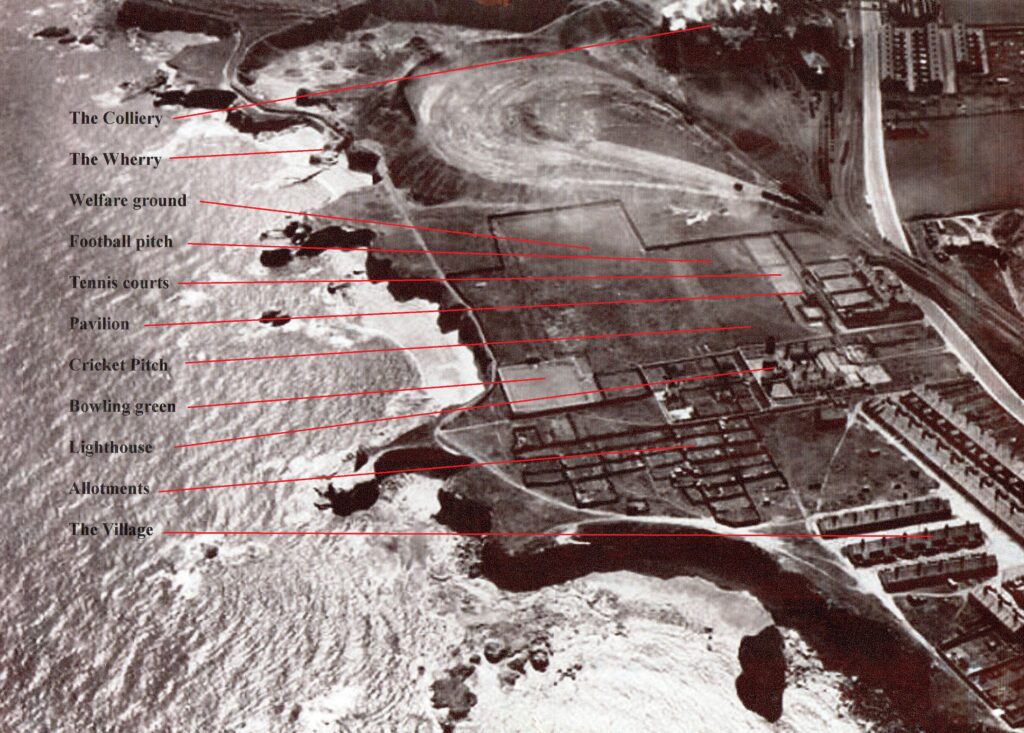
The Marsden Miners’ Institute was located on the opposite side of the coast road facing the village. It offered a library, reading room and snooker tables. During the 1926 strike it also acted as a soup kitchen. Following the demise of the village in the sixties the institute became a night club and a live music venue known as the Purple Onion. By the seventies the building had become derelict. The Queen’s silver jubilee tour of 1977 was the final nail in the coffin when the local authority demolished the building stating it was beautifying the area as the Queen and Prince Phillip would be driving by en route to South Shields.
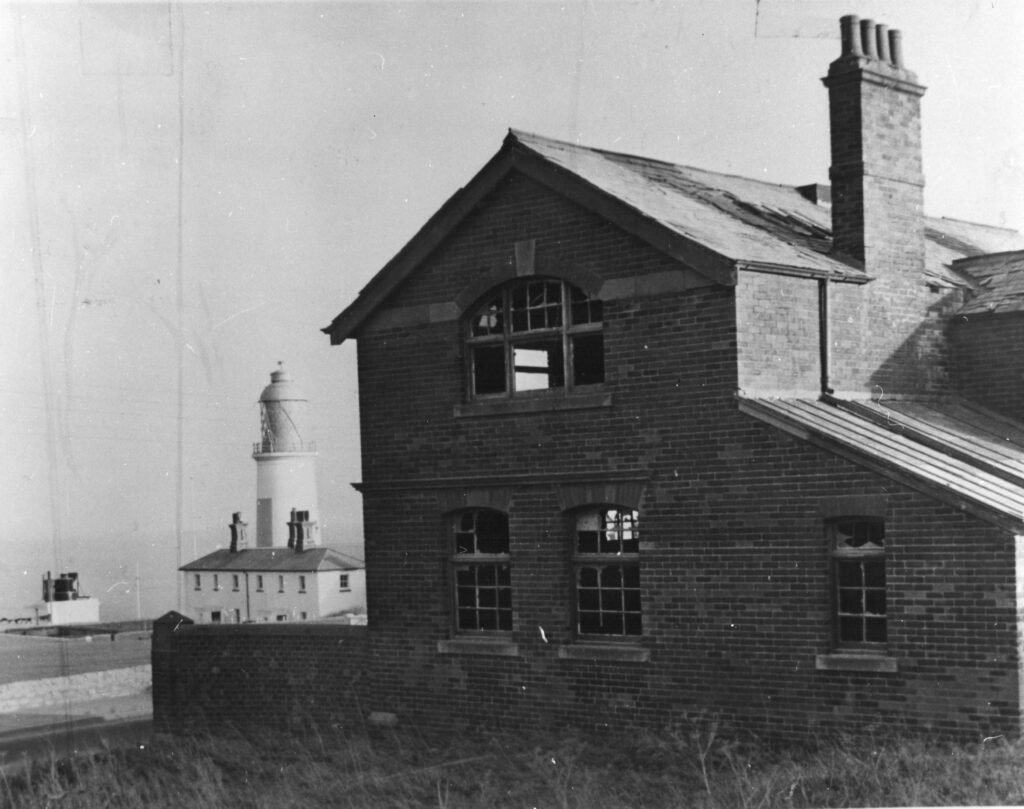
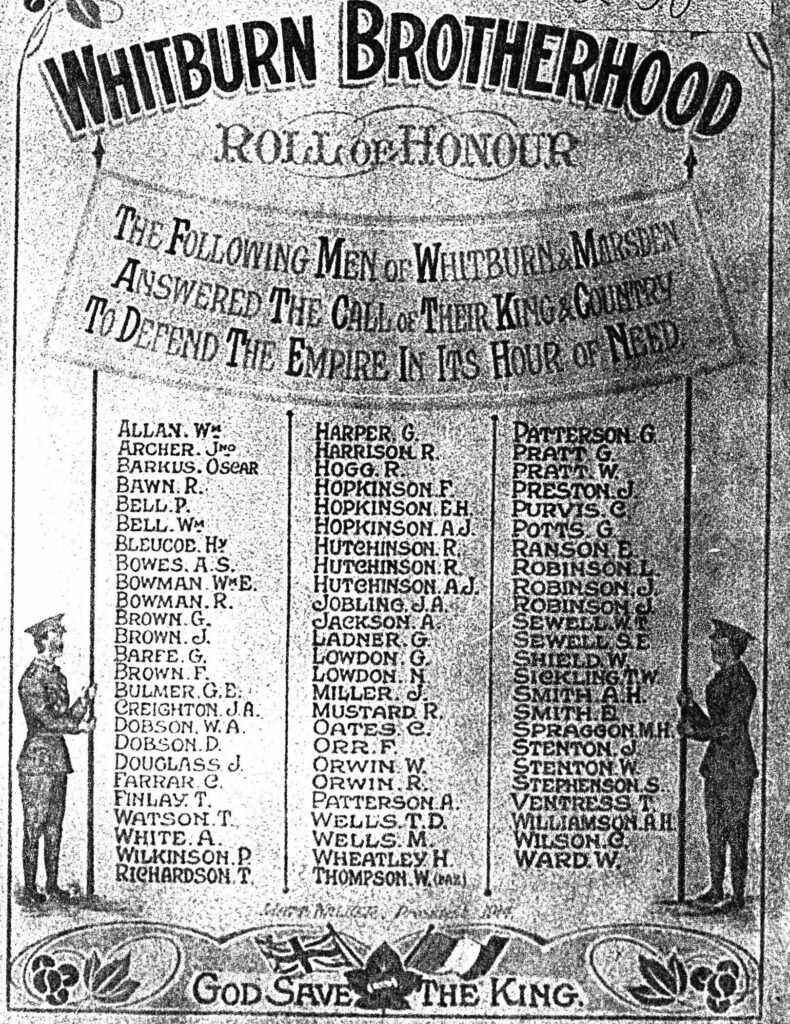
Having a lighthouse with a fog horn next to the football pitch also had its benefits. It has been recorded, if the home team were losing a spectator would go and ask the lighthouse keeper to sound the fog horn. At the sound of the fog horn going off the opposing players would fall to the ground with fright allowing the home team to score.
Marsden was a temperance village with no pub. If the men wanted a drink they had to walk to The Marsden Inn on the high road or the Grotto in Marsden Bay.
However this had never been the coal company’s intention.
On Wednesday 1st September 1875 a report from the Brewster Sessions appeared in Shields Daily Gazette. (The Brewster Sessions was the name given to the annual meeting of the local licensing magistrates who renewed or sanctioned new licenses).
The Whitburn Coal Company was applying for a license to build a public house in Marsden village directly opposite Souter lighthouse gates. However this application was opposed by the brethren of Trinity House who objected to a public house being placed in such close proximity to the lighthouse as could be a temptation to their “servants” to drink.
Interestingly during the application Hilton Philipson one of the partners in the Whitburn Coal Company and assisted by Mr Skidmore a barrister of law produced plans that the coal company had for the area. The plans showed that 70 houses had already been built at Marsden and that 1,000 more were to be built. Once the colliery was complete they expected to employ approximately 2,000 men.
Therefore Marsden village was only a 10th of the size the coal company had originally envisaged. Which direction the expansion was planned is not known, however before the railway and coast road were built it was a different landscape, with plenty of open land for housing.
It is possible that these plans to expand the village were abandoned due to the slow uptake for the housing that had already been built, with the men preferring to travel to and from South Shields each day. It’s understandable why the workforce would favour the relevant protection of a town in winter and what it had to offer in the way of shopping and entertainment, rather than living isolated on an exposed cliff top.
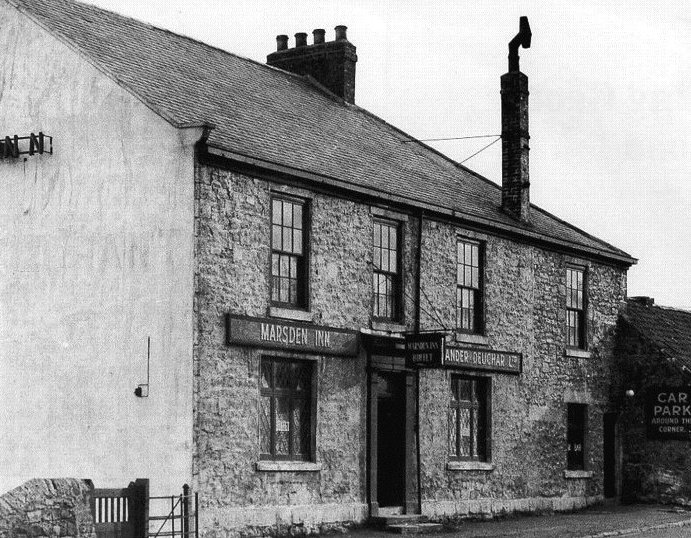
Music had a great influence in the village. In 1925 Marsden Colliery Band won the National finals with the composition Joan of Arc.
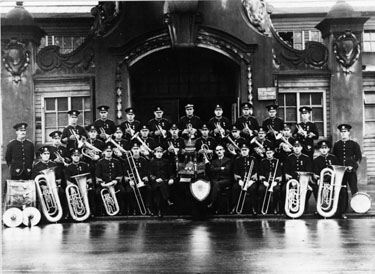
The village also had it’s own concertina band.
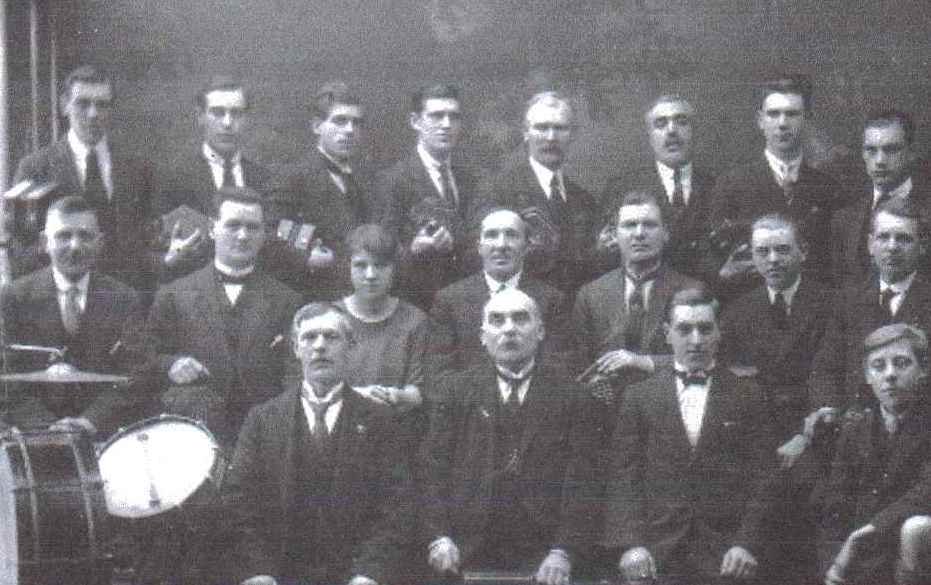
If anyone in the village needed medical assistance there were several volunteer emergency services that would provide assistance. The Marsden Volunteer Fire Brigade, Ambulance Service and Life Saving Company were responsible for both land and sea emergencies.
A reet cauld place to live.
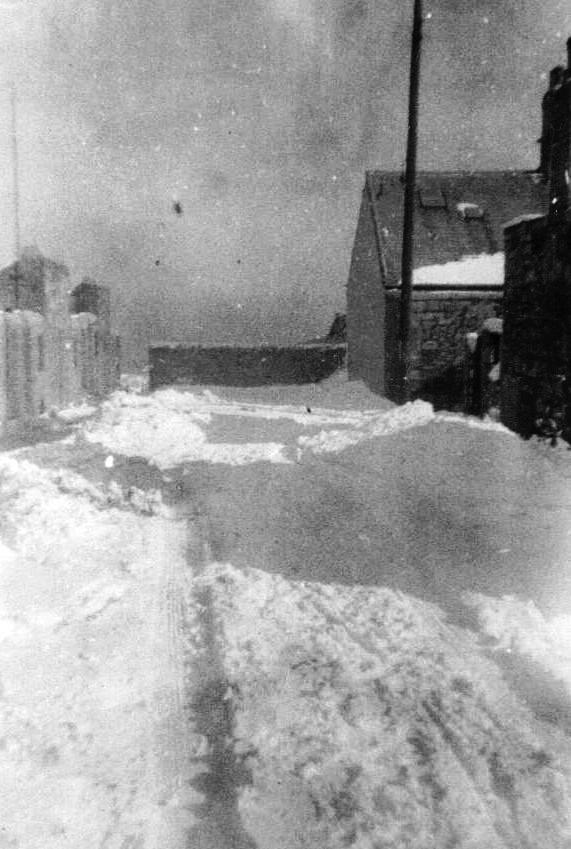
No central heating, no double glazing, an outside loo, stuck on a promontory, Marsden was a cauld place in winter. When the east wind blew, it was time to hibernate, have the fire up the flue, heavy curtains at the windows and doors and a po under the bed. Nay wonder the village had a high birth rate.
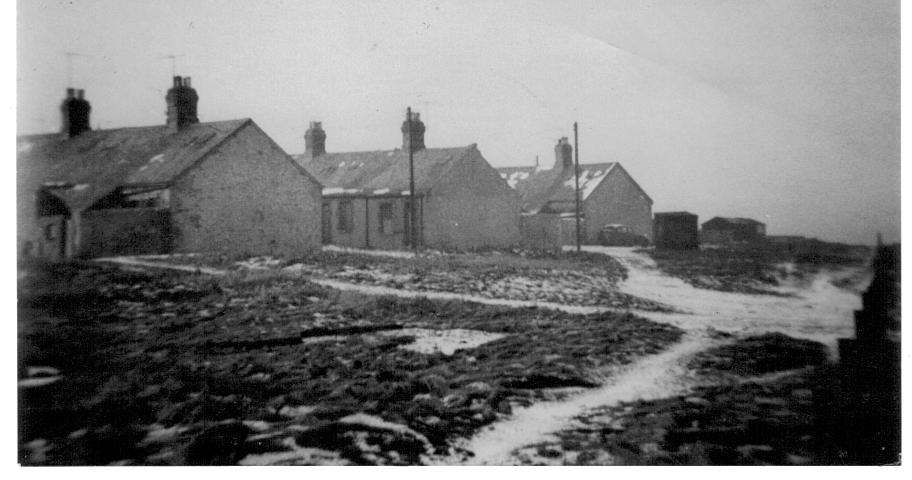
Other views of the village.
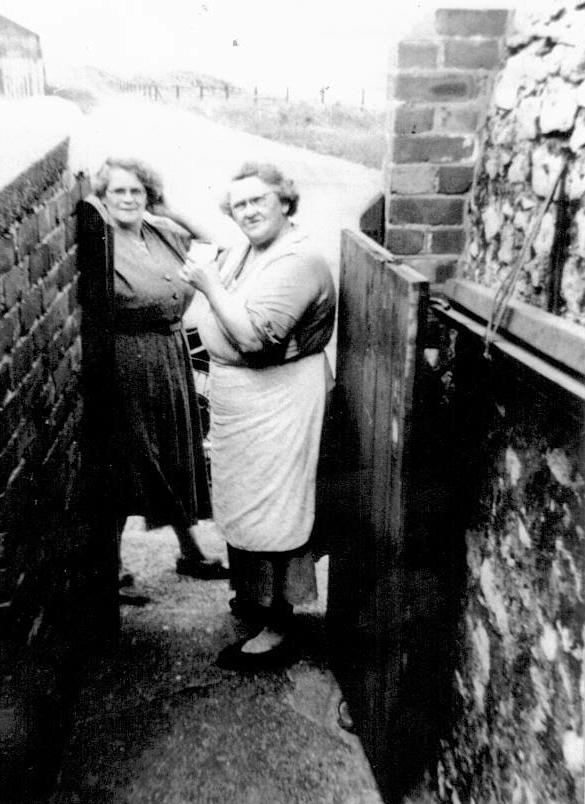
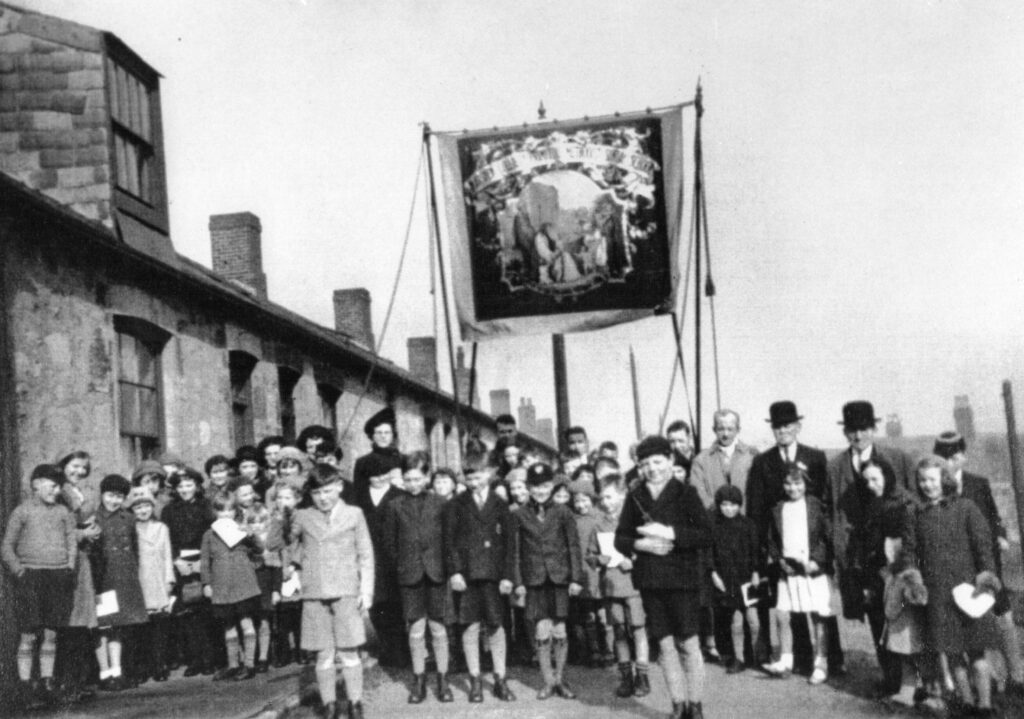

The path which was 8 feet wide was reduced to 2 feet. That guy looks like he has got a death wish.
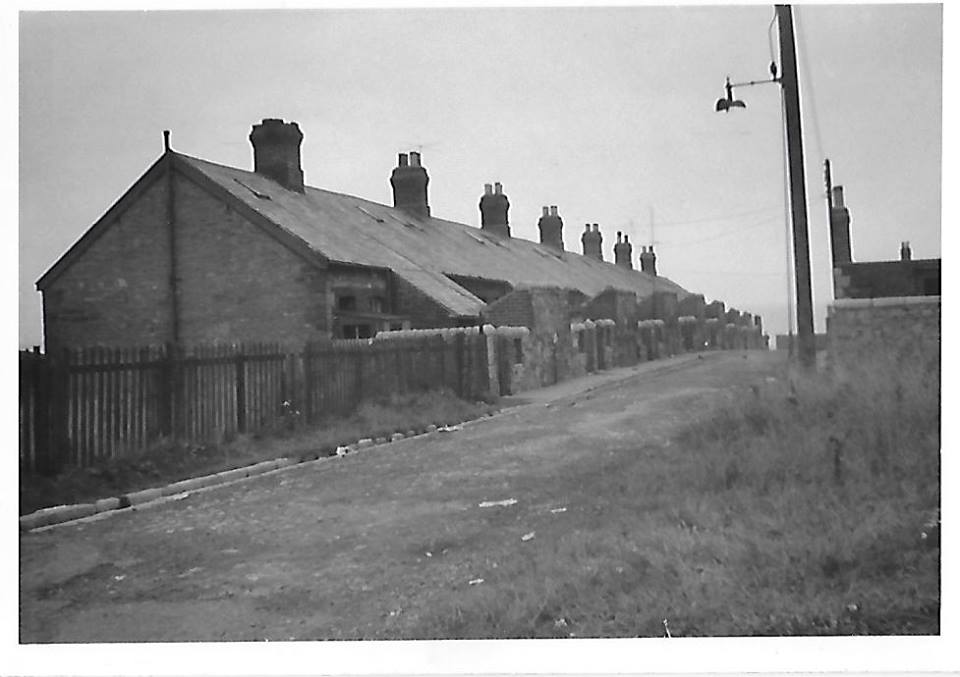
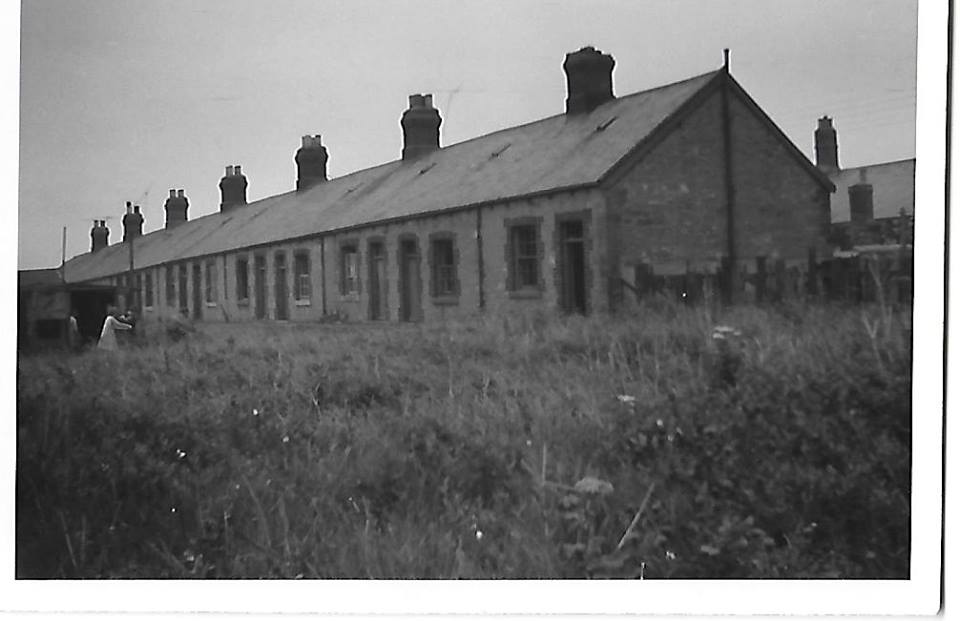
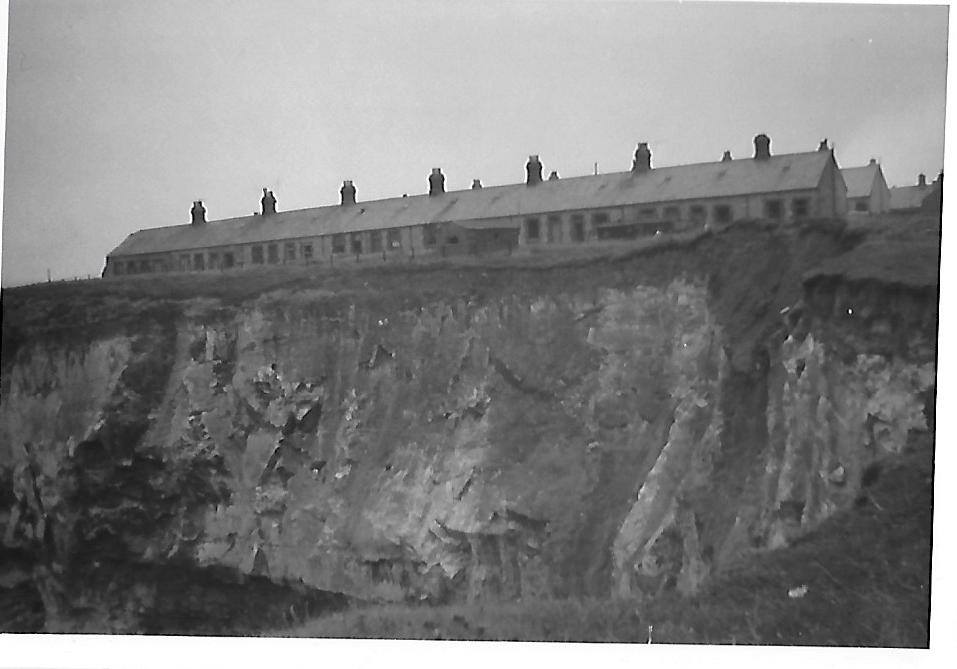

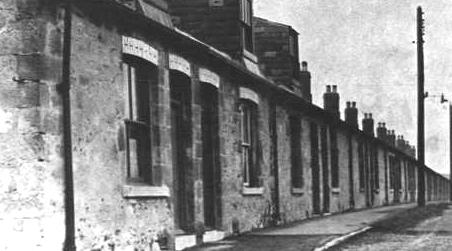
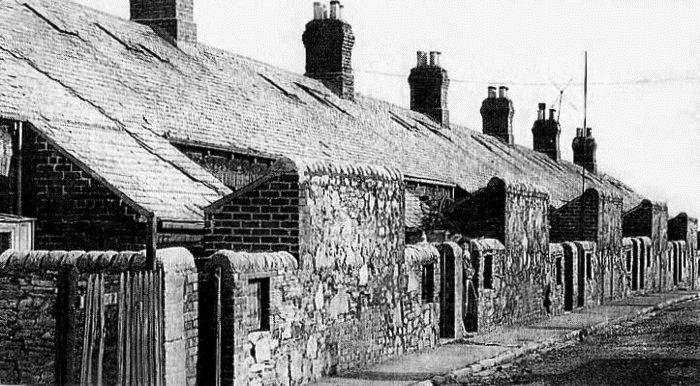
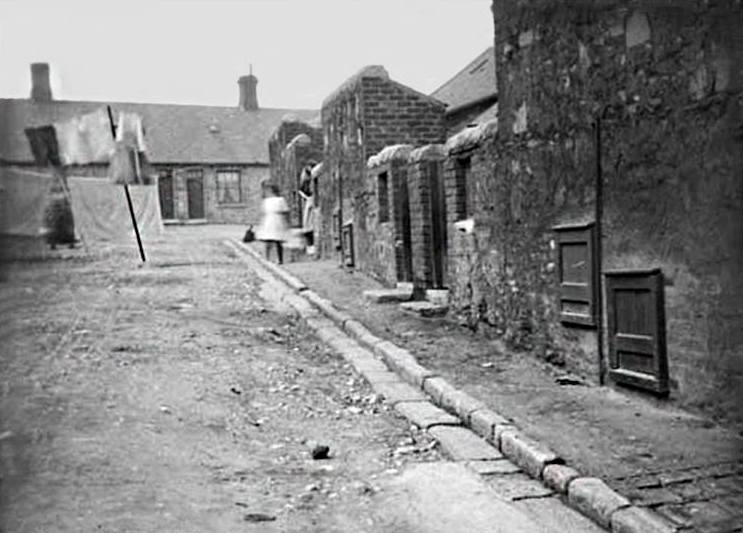
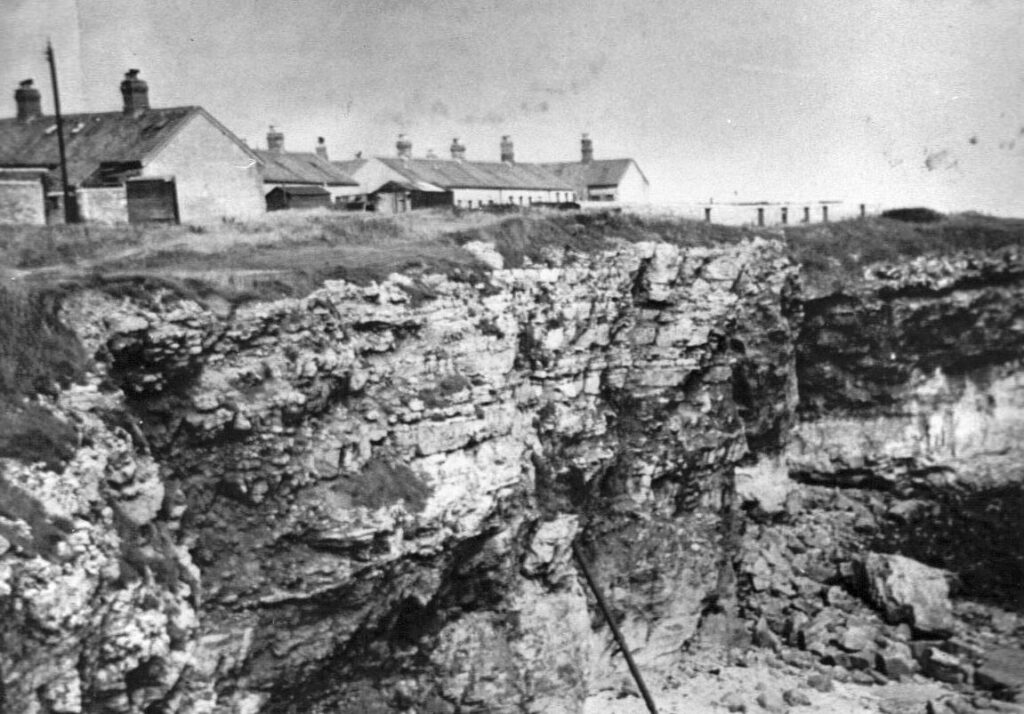
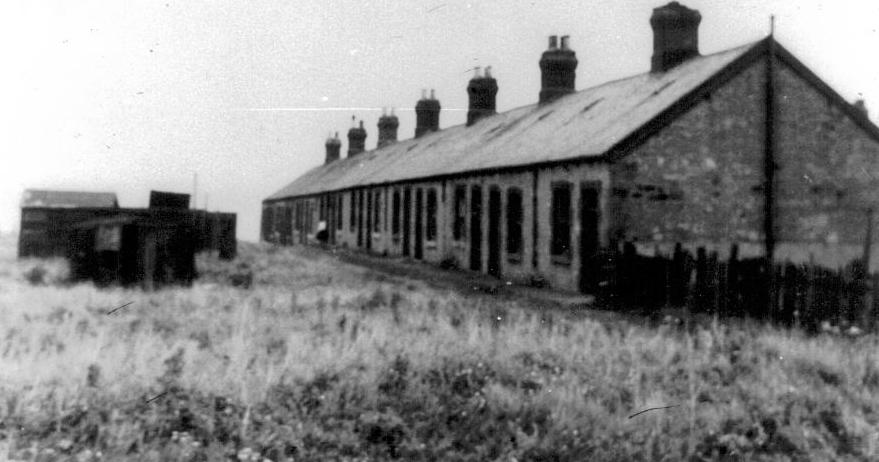
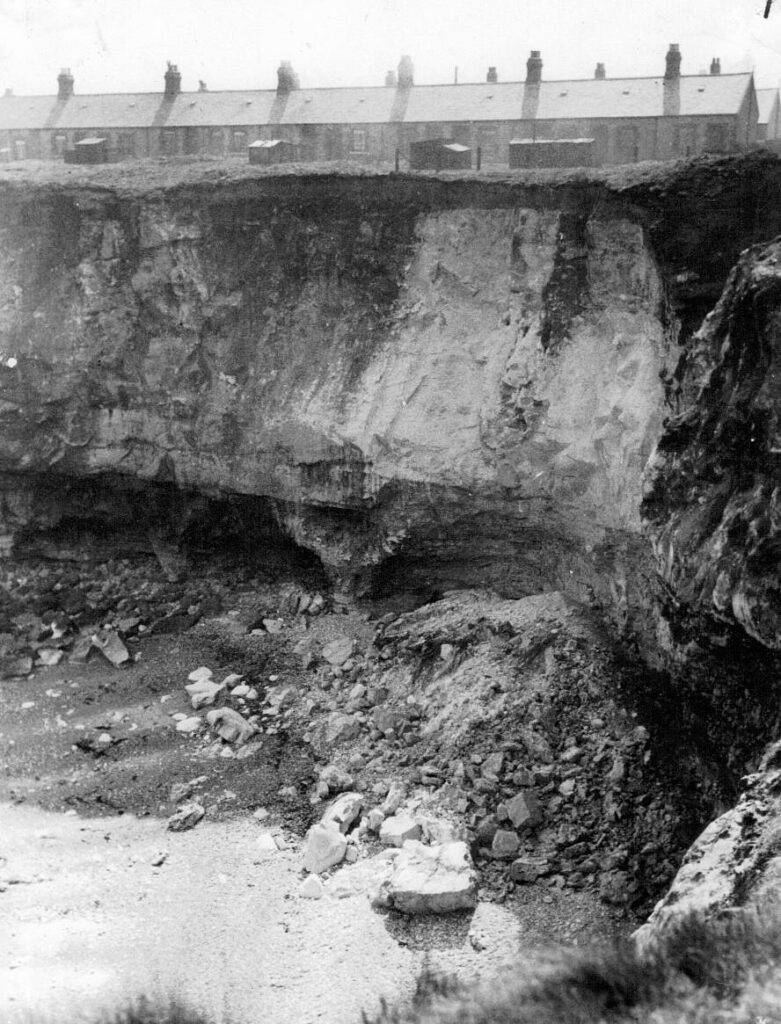
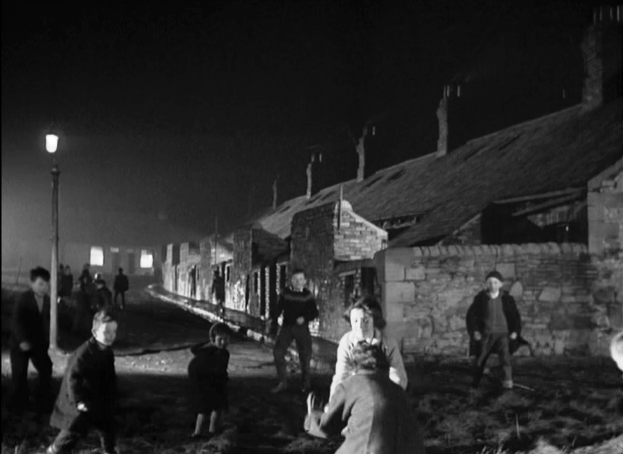
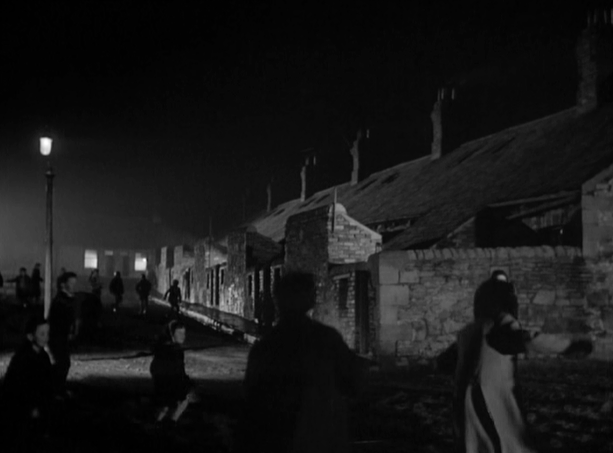
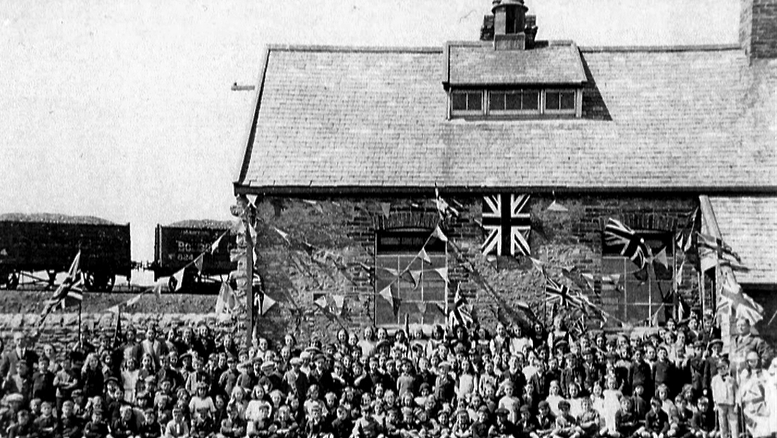
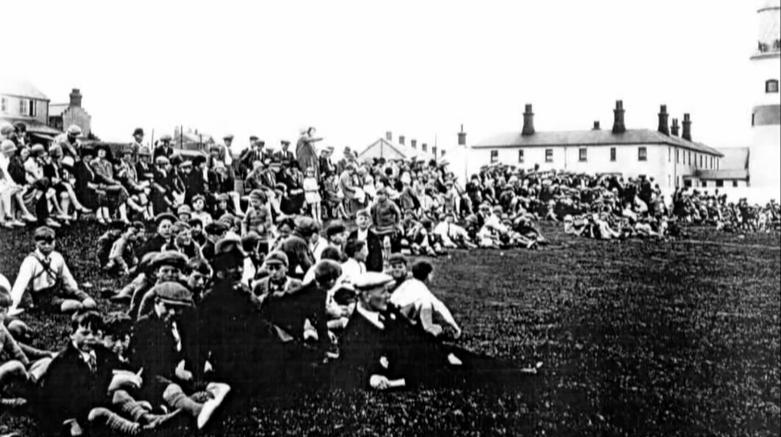
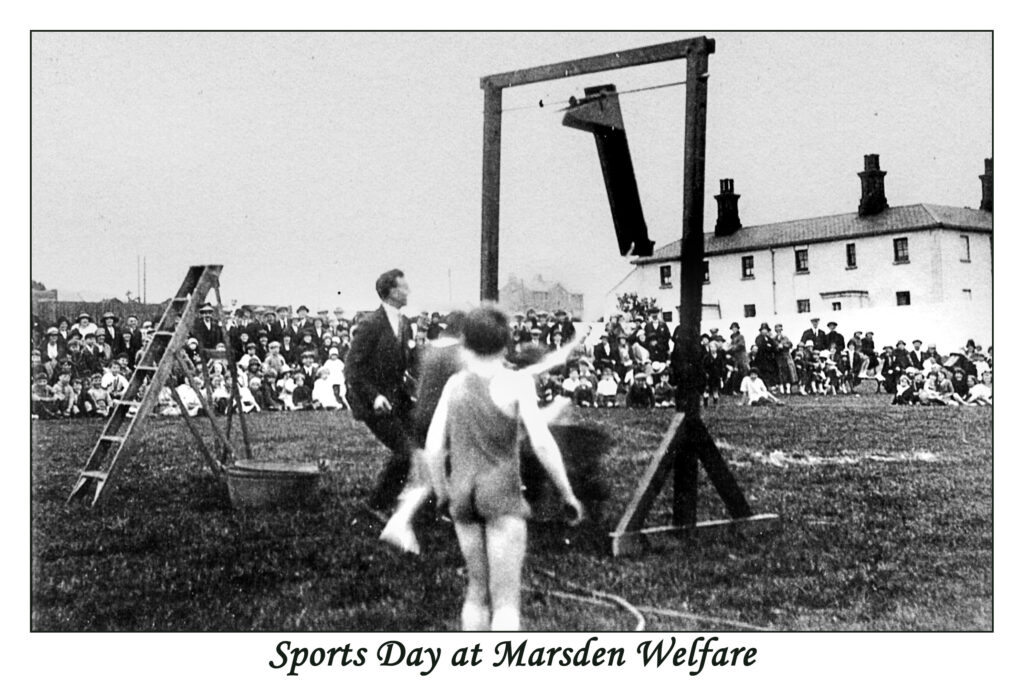
B Cauwood 2013
Fancy having a walk around a virtual Marsden village? You may be able to do so in the near future.
Kevin Flett is currently working on a project to produce a virtual village.
Below we have some stills from his video.
Kevin from South Shields CGI hopes these stills will stir some interest and would welcome any input or any additional information.
You can contact Kevin and see how his project is developing at
https://www.facebook.com/groups/174713515982566/
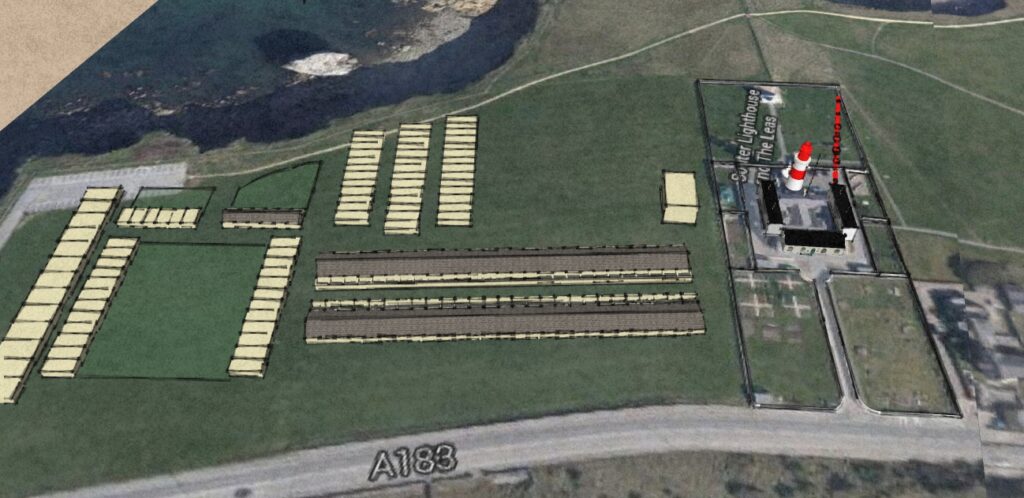
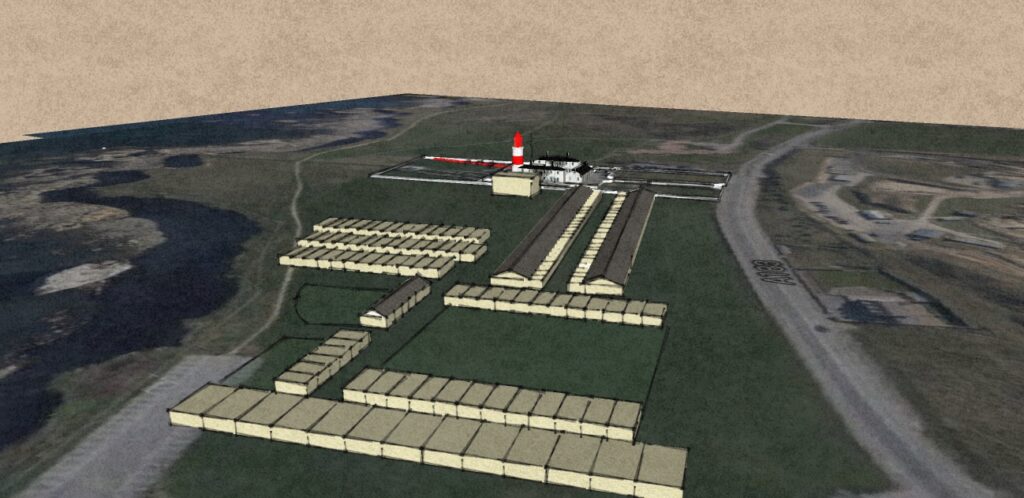
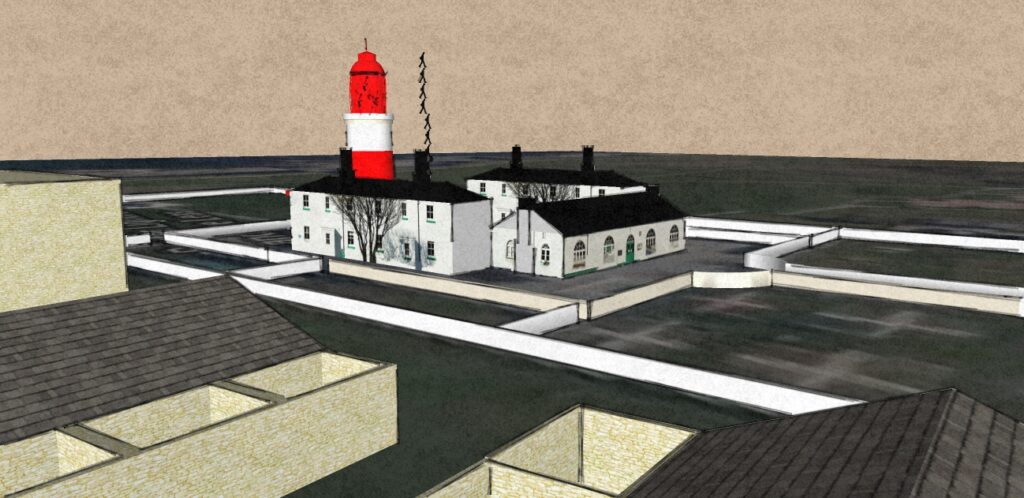
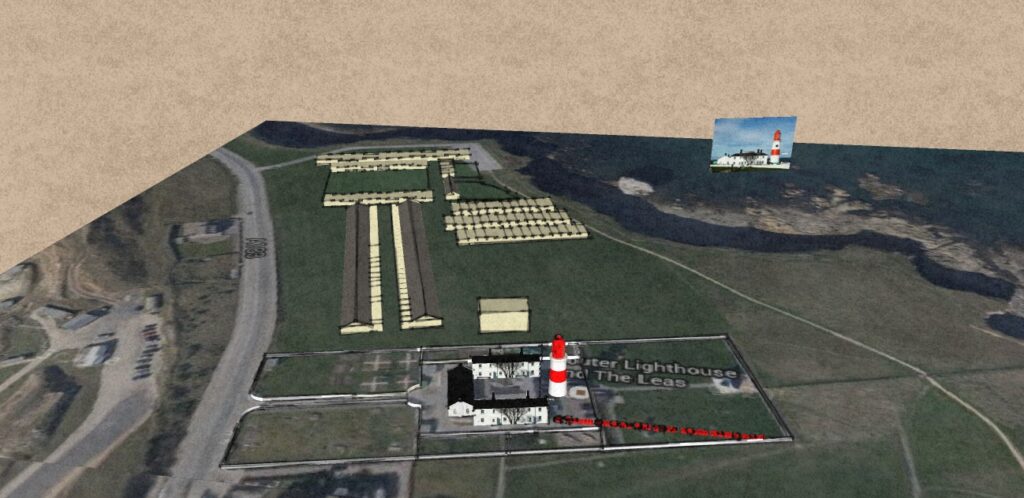
ll copyrights acknowledged were known.
updated 2018
Copyright © 2013 Marsden Banner Group.
All rights reserved. Permission granted to reproduce text for educational use only (please cite source).
